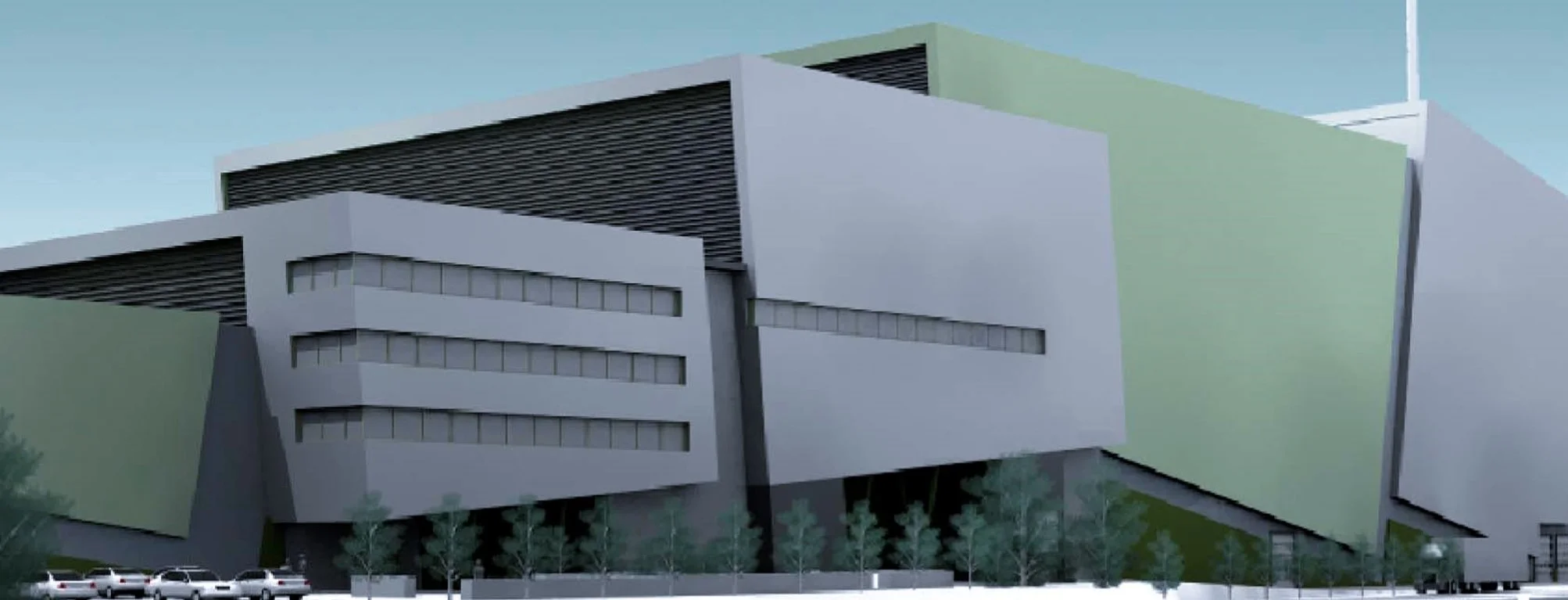The Flue Gas Treatment System at the Gloucestershire Energy from Waste Facility
/FLUE GAS TREATMENT SYSTEM AT THE GLOUCESTERSHIRE ENERGY FROM WASTE FACILITY
Effective flue gas treatment systems play a crucial role in ensuring compliance with emission limits mandated by regulatory bodies like the Environment Agency (EA) . At the Gloucestershire Energy from Waste Facility, these systems are the primary mechanism for adhering to the stringent standards, playing a crucial role in the facility’s operations.
Let's take a closer look at how this system works in the context of our facility.
What is a Flue Gas Treatment System?
At its core, the flue gas treatment system acts as a shield against harmful emissions generated during waste combustion. It ensures that pollutants are captured and removed from exhaust gases before they enter the atmosphere via the stack.
The flue gas treatment system at the Gloucestershire Energy from Waste Facility consists of the following key components:
Flue Gas Abatement
The treatment process begins with the reduction or removal of harmful gases and compounds. Targeting acidic gases such as sulphur dioxide (SO2) and nitrogen oxides (NOx), as well as heavy metals and other pollutants, the system employs the strategic injection of chemical reagents. These reagents, including ammonia, carbon, and lime, are introduced into the gas stream at critical points to react with and neutralise the targeted pollutants. This stage requires precise monitoring and control to ensure optimal performance and compliance with environmental standards.
Particulate Removal
Next, the system addresses particulate matter like ash, dust, and soot, which can pose significant health risks and contribute to air pollution if not managed properly and within the limits set within the environmental permit. At the Gloucestershire Energy from Waste Facility, particulates are captured using 1512 filters, which are split into six isolatable areas, each containing 252 baghouse filters that resemble long stocktings/socks made of Polymer fibres .
When the facility is initially turned on, it operates without waste to establish starting conditions. This includes activating the boiler and injecting clean reagents into the flue gas treatment system to create an initial layer of what is known as the filter cake. This layer, mainly made up of reagents, acts as a base that enhances the system's efficiency. As the facility continues to operate, more reagents are added, and particulate matter is captured, further building up the filter cake and improving the trapping efficiency.
To maintain their efficiency, the filters undergo regular cleaning cycles, which involve dislodging the accumulated filter cake into collection hoppers. A proportion of the filter cake can be recirculated into the LAB Loop system which allows any unspent lime and carbon to further clean the flue gas. This innovative approach both enhances the overall treatment efficacy whilst reducing the volume of by-products for onward management and minimises the use of other raw materials in the process.
By-Product Handling
The flue gas treatment process results in by-products known as air pollution control residues (APCR). These residues encompass all the pollutants captured during the flue gas treatment process, along with both spent and unspent reagents. Handling and disposal of APCR must comply with strict environmental regulations to avoid contamination of soil, water, or air. These by-products are classified as hazardous, primarily due to their high alkalinity, which results from the lime content.
At our facility, APCR are specifically managed by storing them in a dedicated silo until they are ready for transport. The APCR is then regularly transported from our site to Augean, a waste management operator certified to handle hazardous materials. At Augean, the APCR is treated and disposed of at their landfill site. This by-product accounts for less than 3% of the waste we process.
To ensure the safety and environmental integrity of our operations, we conduct regular monitoring and testing of the by-products. This helps us verify that the APCR is handled and disposed of correctly, maintaining the high standards required by regulatory bodies.
In Conclusion
As with much of the technology at the Gloucestershire Energy from Waste Facility, the flue gas treatment system serves as a great example of the intersection between technological innovation and environmental consciousness. By prioritising sustainability and operational excellence, the facility sets a high standard for the waste management industry, paving the way for a cleaner, greener future.
Stay tuned for more insights into the facility's innovative technologies as we continue to showcase their contributions to a more sustainable world.




